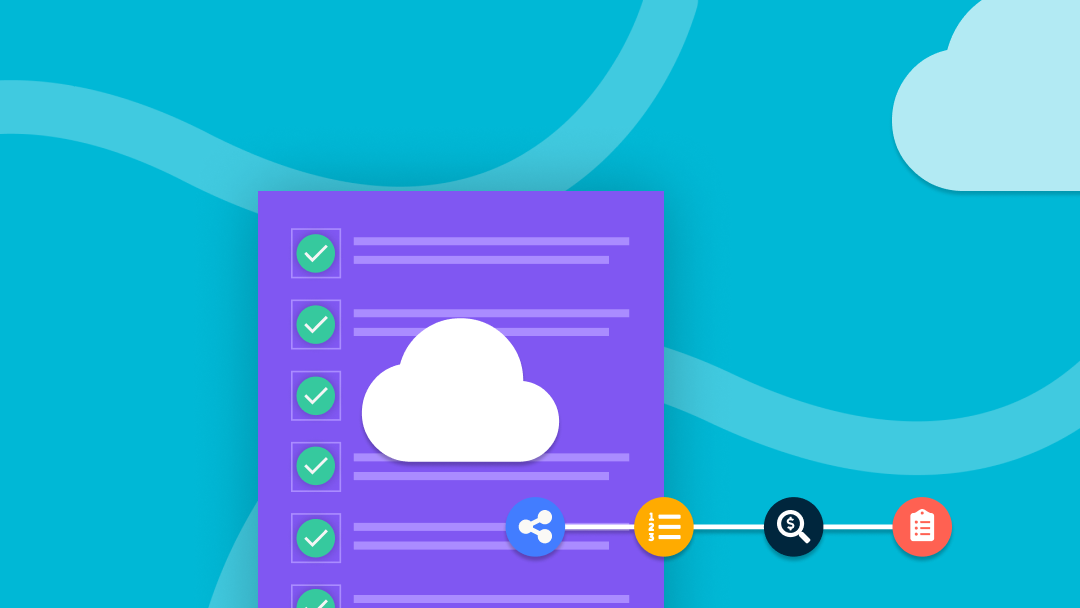We’re all in agreement that modernizing and quickly accessing data is vital to building resilience against disruption and staying afloat in today’s business landscape.
Shifting from outdated, legacy systems to cloud-native infrastructure is not just a milestone on the road to data modernization, but migrating in itself will propel your organization forward by enhancing the way you work and serve your customers, patients and constituents.
This is a cross-industry agreement.
According to Deloitte, IT leaders from the following industries believe data modernization is a reason to migrate to the cloud for their organization.
-
-
- 48% – Energy, Resources and Industrials
- 57% – Financial Services
- 55% – Life Sciences and Healthcare
- 53% – Tech, Media and Telecom
- 53% – Government and Public Services
-
The reason is, you’ll reap the benefits of cloud and check multiple boxes of your modernization efforts in one sweep. We’re not going to talk about the fluffy nice-to-haves with cloud, but the real impact cloud can have on your organization today and where it fits into data modernization.
Business Agility
You’re likely feeling the pressure to perform and deliver better, more, faster than ever before. The reality is that the level of volatility is only going to increase while you continue to feel this demand. Cloud prepares and positions your organization to become more agile, with the ability to pivot and scale while the world continues to rapidly change. Use this newfound agility as a competitive advantage, reduce operating costs, become more productive, innovate, and lead change.
Here are 4 areas where cloud changes the game for enabling quick innovation:
- Avoid purchasing hardware or requisition IT resources to build systems. Gain the ability to stand up and shut down initiative-specific resources, like development environments and user-training environments with only a small monthly cost while the resources are in use.
- Add large volumes of content during acquisitions or system consolidations with little added expense.
- Add users and system load without the need to purchase and migrate to new servers.
- Have warm and hot-fail over systems geographically distributed across the country and globe if needed. This is all at minimal cost while not in use when compared to creating the same system assurance with physical hardware.
Flexible, accessible, secure cloud hosting for OnBase users. →
Consolidation for Better Visibility
Organizations moving their data and analytics to the cloud are outpacing their peers in revenue growth. Having all your data in one place, and kicking disparate systems to the curb, gives you the visibility you’ve always desired. Imagine the decisions that can finally be made and the “aha” moments your teams will have with all that information at their fingertips. Get the same view of data for any function of your organization in the cloud.
Hyperautomation
Gartner listed hyperautomation as a top strategic technology trend that involves rapid automation of business and IT processes. A long list of tools can help you achieve this, like artificial intelligence (AI), machine learning (ML), robotic process automation (RPA), process, low-code app development, optical character recognition (OCR), and more. Making these tools available through the cloud enables easy access, faster deployment, and operational efficiency. It’s like a push-to-start button.
Security and Data Protection
Cloud security is always top of mind for organizations considering cloud. Cloud has come a long way, but it does take a certain level of skills to monitor and keep your data safe.
You know what’s best for your organization, and it’s important that you always have access to your own data. If cloud security is unfamiliar territory for your organization, find a partner who will help you weigh risks, ensure you’re keeping data secure, and meet compliance and regulatory requirements even beyond migration. If lack of skills is an issue, technical staff augmentation is growing popular for prioritizing security and data protection in the cloud.
People Happiness and Retention
By now, we should know that people are leaving their jobs in pursuit of better benefits, more flexibility, and to feel more valued. In 2021, 80% of tech managers saw an increase in employee turnover. Though there are many reasons people leave, another consideration is just making it easier for people to do their job.
Enabling remote work through data accessibility and empowering them to make better and faster decisions helps employees feel motivated. You may find that people want to make a difference and perform well, but are confined to the processes and disparate systems they have available.
Cloud can increase employee happiness by becoming an avenue for increasing collaboration, open communication, automating the grueling manual work, and giving them instant access to the information they need to get the job done. If retention is a priority for you, make sure you first understand what makes your employees leave since it can be unique to each organization.
Sustainability
As organizations are more driven to build on sustainability initiatives and reduce their carbon impact, cloud has become an area of focus. According to Accenture, companies can stretch carbon emission reductions to 98% by configuring applications for the cloud. How? The answer lies in comparing on-prem vs cloud footprint and weighing their environmental impact, like power and cooling efficiency, hardware efficiency, and compute utilization to name a few. If sustainability is on your list of priorities for the year, and a move to the cloud is in your foreseeable future, consider planning with sustainable cloud in mind.
This list could go on. There are many ways cloud fits into modernizing your data. Each industry will have its own distinct benefits and applications, but it will provide you with the foundation necessary to quickly innovate, automate, and meet your employee and customer expectations.


0 Comments